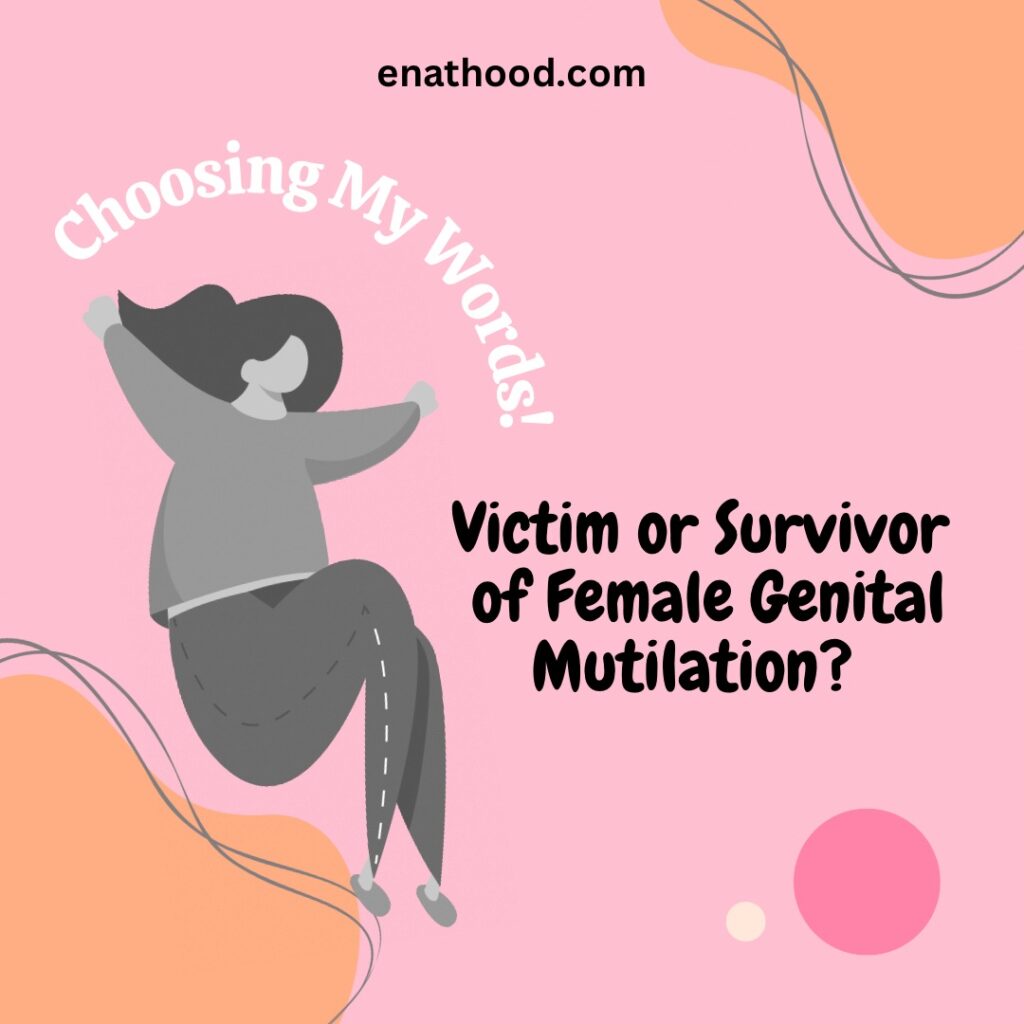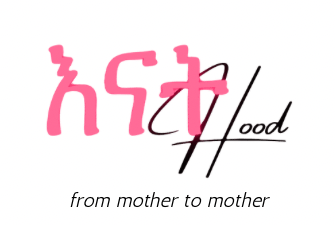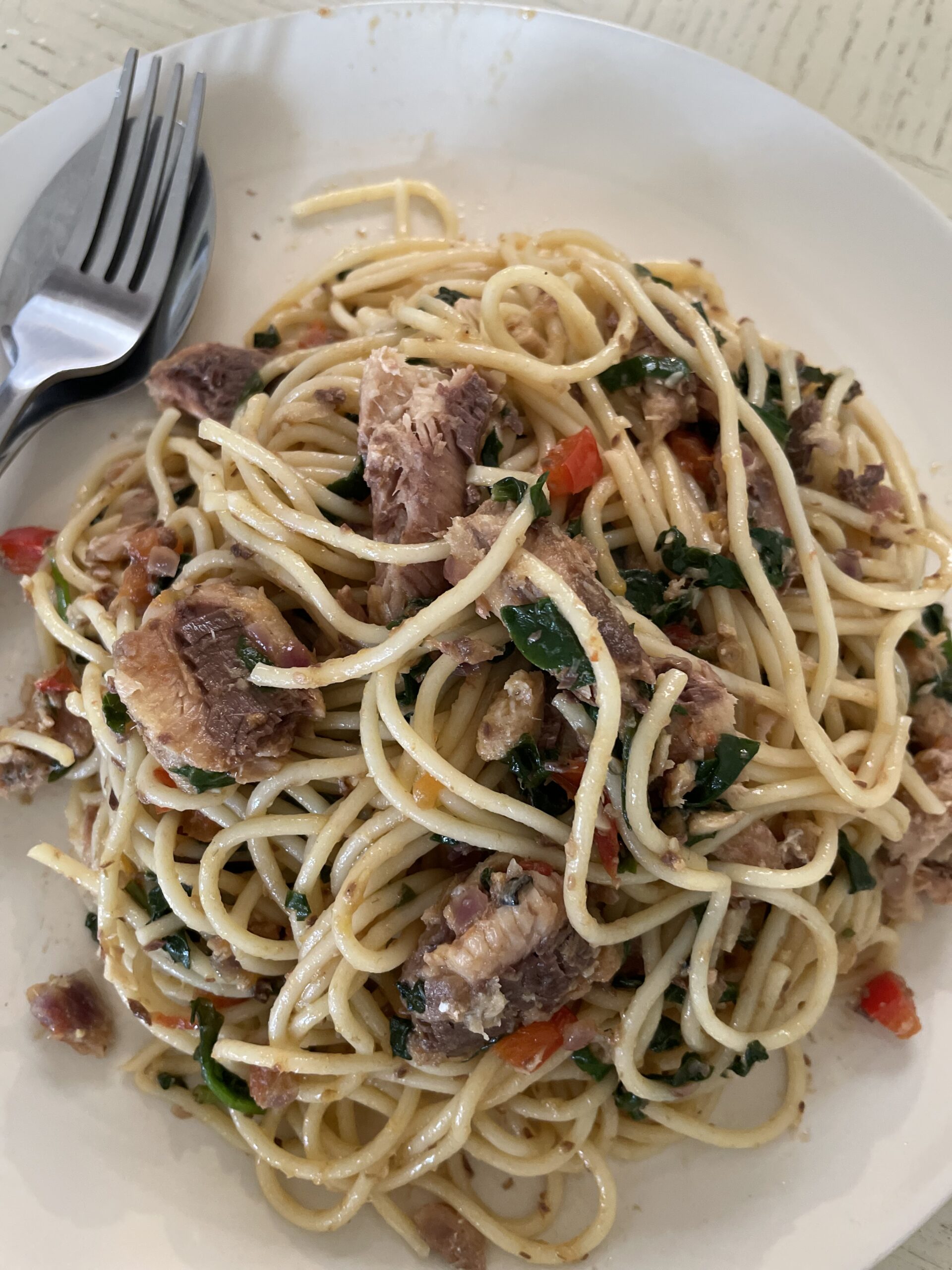
Dear readers, in this anonymous blog post, we share the courageous story of a mother who has embarked on a healing journey after being a victim of female genital mutilation. Her powerful narrative sheds light on the harmful effects of this practice and the resilience of victims. We extend our heartfelt thanks to this brave mama for sharing her story with us. By sharing her experiences, she helps raise awareness about the devastating impact of female genital mutilation and advocates for its eradication.
I call myself a victim of female genital mutilation (FGM) because I am still trying to heal from it.
The choice of my words reflects the unresolved pain and the silenced conversation about my experience, particularly with my family and my mother, who decided for me to undergo this procedure despite its consequences.
I distinctly remember a speaker on a support group challenged my use of “victim” suggesting “survivor” as a more empowering label when I shared my story in a larger group for the first time.
However, I believe it is crucial to respect each person’s choice of terminology as it intimately relates to their personal narrative and healing journey.
My Story of Going Through Female Genital Mutilation
This happened when I was only three years old, decided by my mother under the influence of her own cultural beliefs, despite her being a victim of FGM herself.
Although she is educated and was a teacher at the time, she thought it was something necessary for her daughters.
She chose a doctor to perform the procedure. YES A DOCTOR! Thinking that it would be safer than traditional methods.
On that day, I remember very little except feeling very scared. My mother’s friend, whom supposed to be my “Ayin Enat”, covered my eyes as I lay on the bed. I recall the doctor hesitating because of my small size.
I was too young for the procedure even for the cultural belief but my mother insisted because she was doing all this against father’s wish when he was away. She understood it was now or never.
It was a large celebration people brought gifts, and there was food and laughter, opposite to the fear and pain experienced by my sister and me. It took a long time years, in fact for me to truly grasp what had happened to me that day.
As I grew older and received more education, I started to understand the harsh reality of this cultural practice that had been imposed on me. This knowledge came bit by bit, highlighting not just the broader cultural implications but also the very personal ways it affected my life.
It particularly impacted my sexual health and I could not even think about what I would go through during childbirth at the time. The more I learned, the more I realized how deeply these early experiences shaped my physical and emotional well being.
As I moved into adulthood and started thinking about starting a family, the full weight of those implications became even more evident, the fears resurfaced. The scars from the FGM made me anxious about childbirth and motherhood.
I expressed my fears to my doctors when I got pregnant , but felt like I was not being heard. They initially insisted on trying natural birth, which resulted in a difficult and painful delivery.
My labor lasted nearly 24 hours, and I pushed for almost five of those. Eventually, the doctor had to make an incision to help deliver my baby.
Recovery was incredibly tough, but like many mothers, I was deeply focused on my newborn the precious gift at the end of my ordeal. Despite the challenges, I felt proud of my body’s resilience and its ability to bring a baby, A HUMAN BEING! into the world.
But when I was pregnant the second time, things went much smoother. I had a midwife who really paid attention to what I was saying. She worked with me to make a plan for the birth that made me feel safer and more comfortable. This made the whole experience of having my second baby a lot easier and less painful than the first time.
People often say that our mothers and grandmothers went through the same and turned out fine, but I think this overlooks the real risks and pain caused by FGM. The dangers include severe pain, bleeding, possible infections, and complications during childbirth, not to mention the emotional trauma that can affect mental health and relationships.
By sharing my story, I want to emphasize how important it is to respect each person’s way of dealing with their experiences. Whether someone chooses to call themselves a “victim” or a “survivor,” their feelings and their journey towards recovery should be respected.
Listening and understanding these experiences are crucial, as they shed light on a harmful practice that still affects many women and girls around the world.
Side note : Female genital mutilation comprises all procedures that involve partial or total removal of the external female genitalia, or other injury to the female genital organs for non-medical reasons. The practice has no health benefits for girls and women and cause severe bleeding and problems urinating, and later cysts, infections, as well as complications in childbirth and increased risk of newborn deaths.
Key facts according to WHO
- More than 200 million girls and women alive today have undergone female genital mutilation in 30 countries in Africa, the Middle East and Asia where FGM is practiced.
- FGM is mostly carried out on young girls between infancy and age 15.
- FGM is a violation of the human rights of girls and women.

 Support Families of Special Needs Kids: 7 Ways to Make a Difference
Support Families of Special Needs Kids: 7 Ways to Make a Difference
Leave a Reply